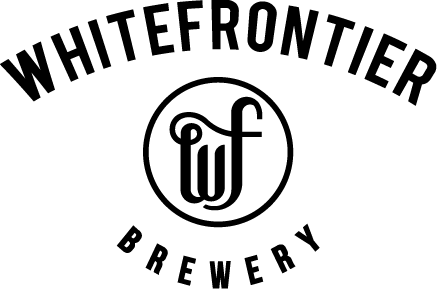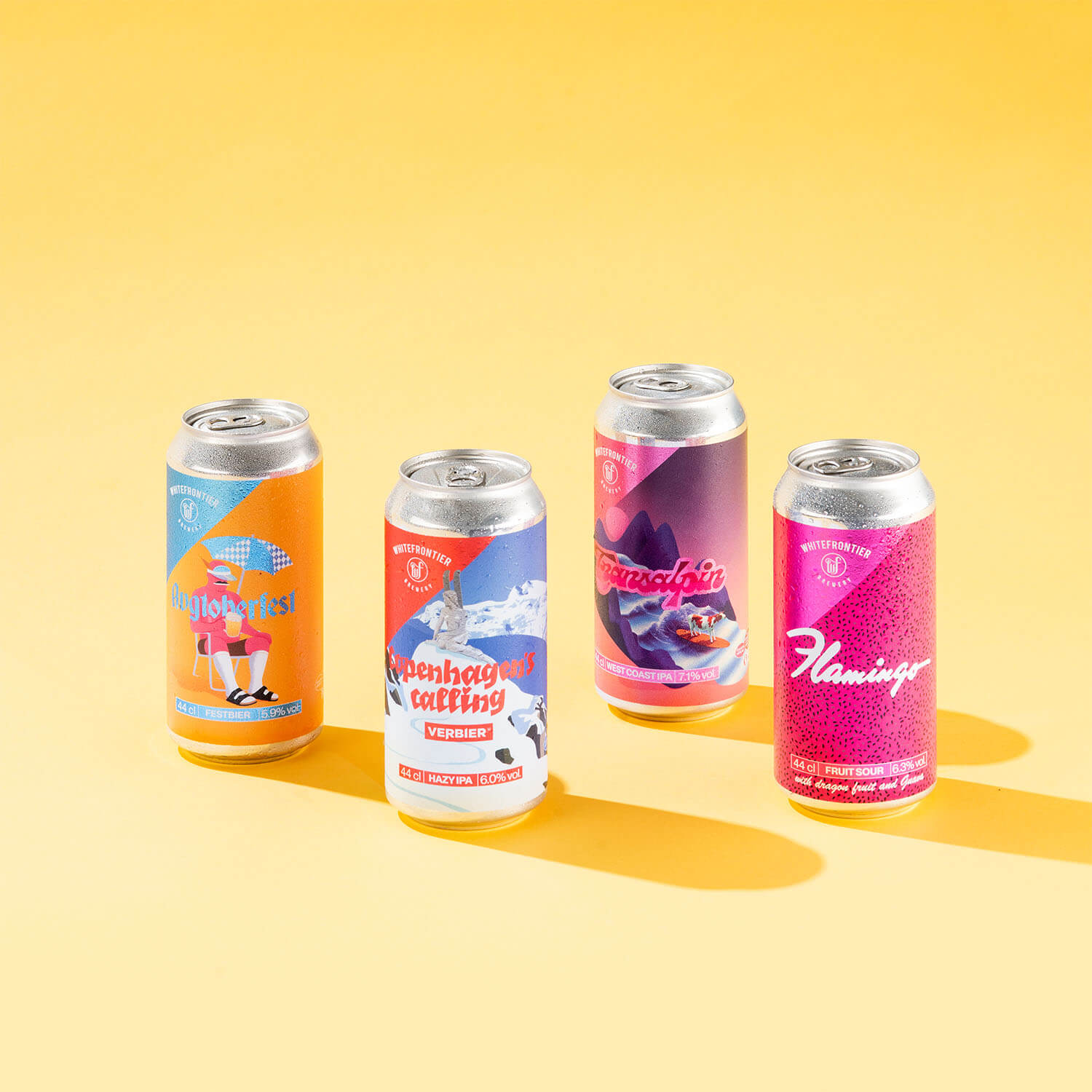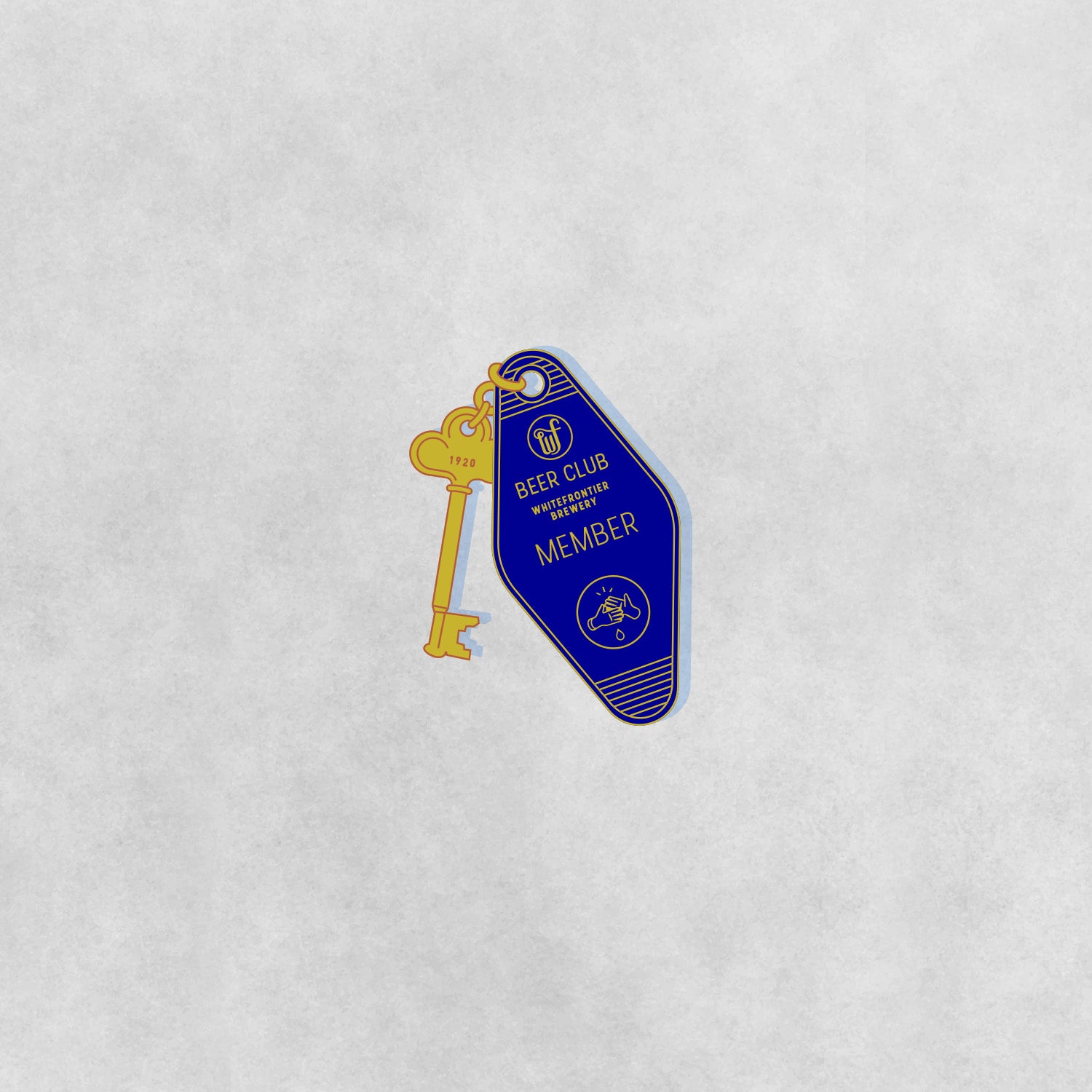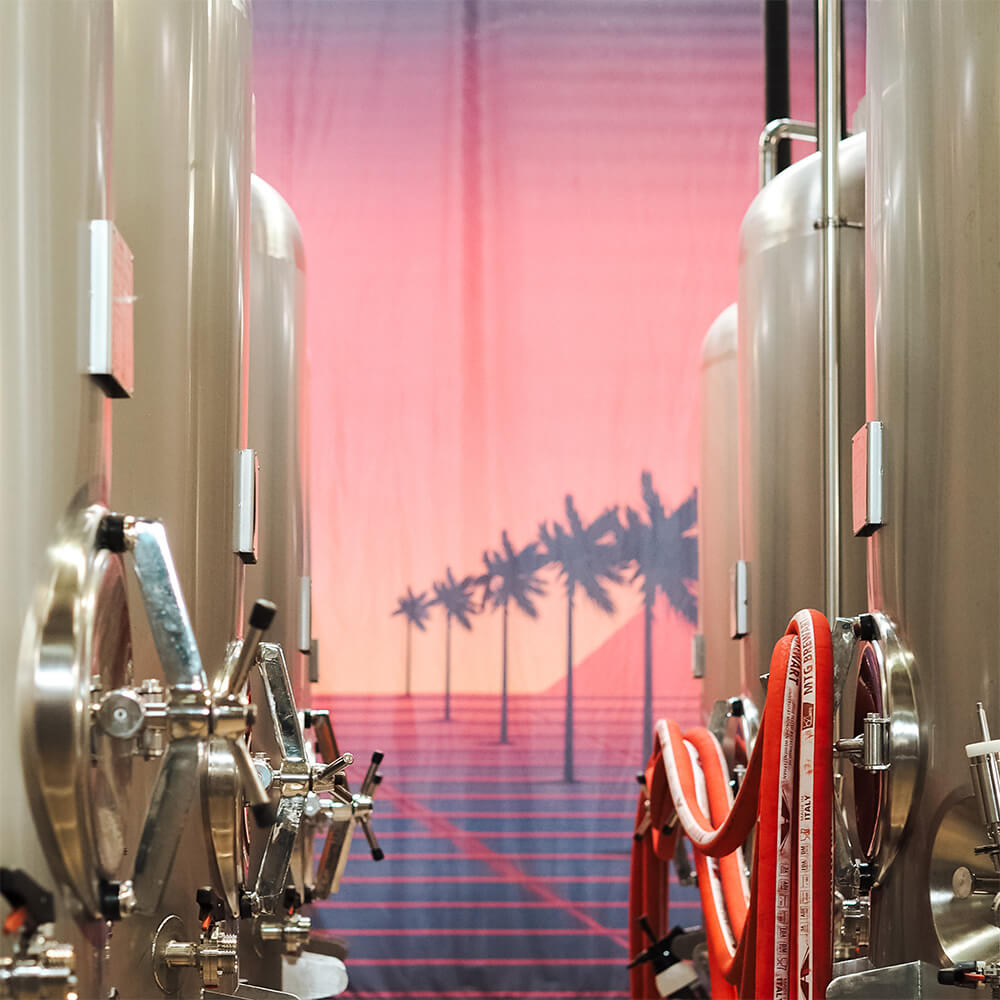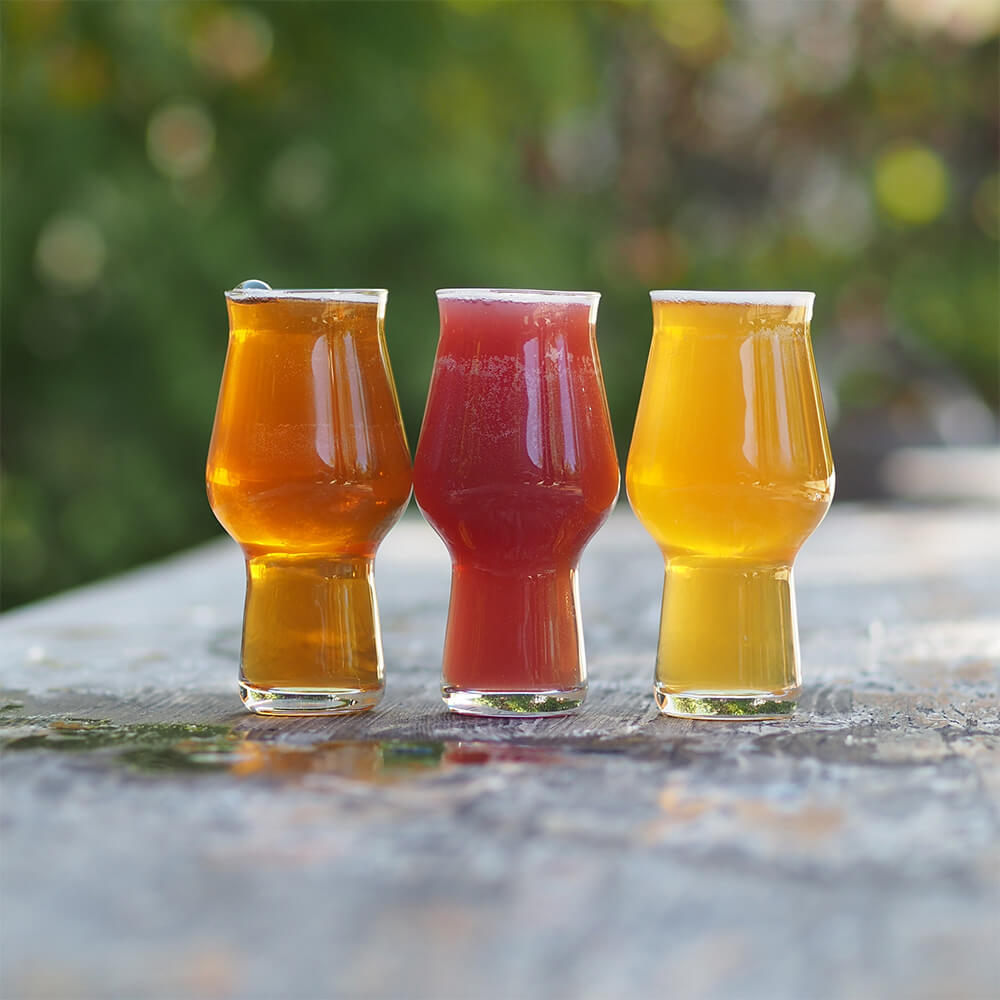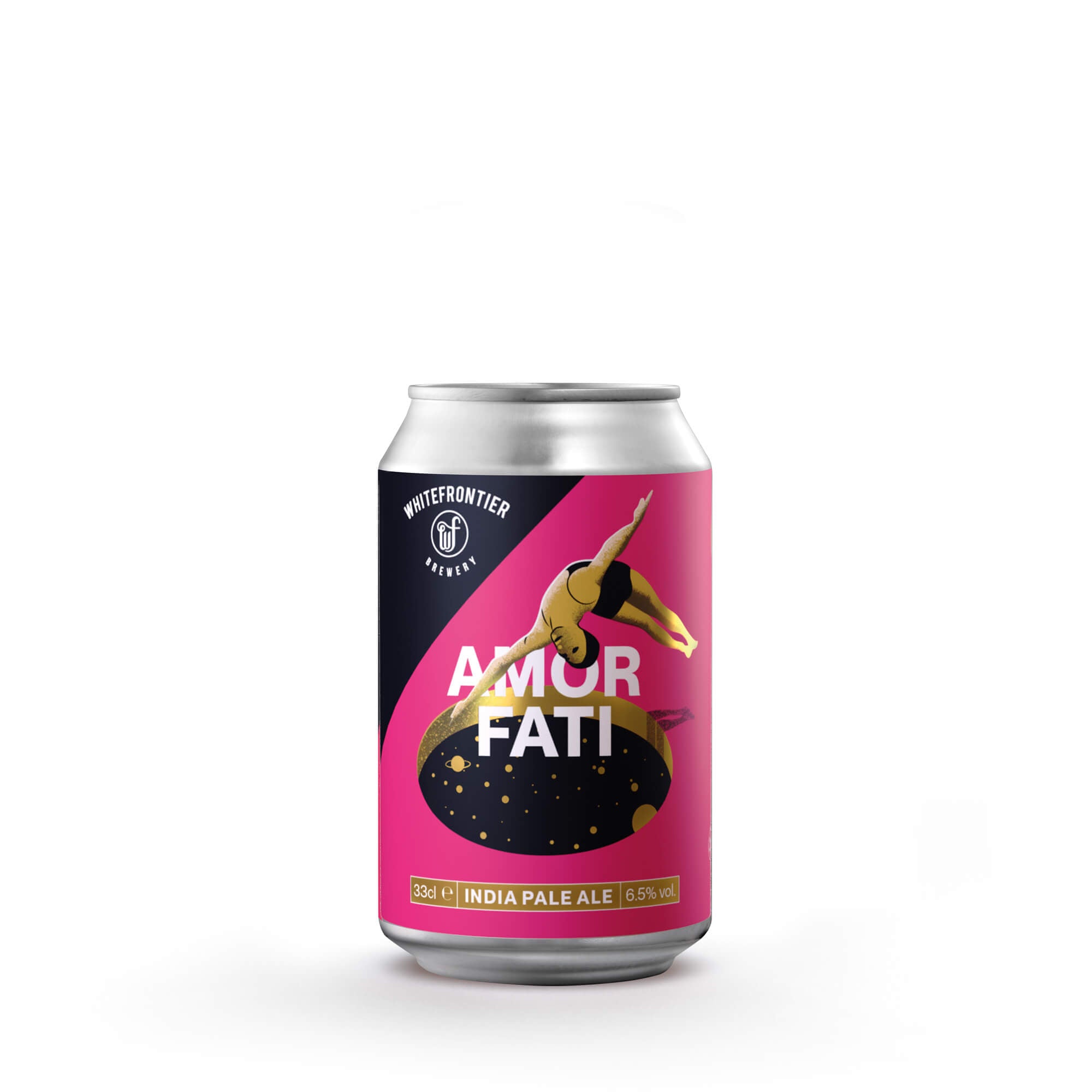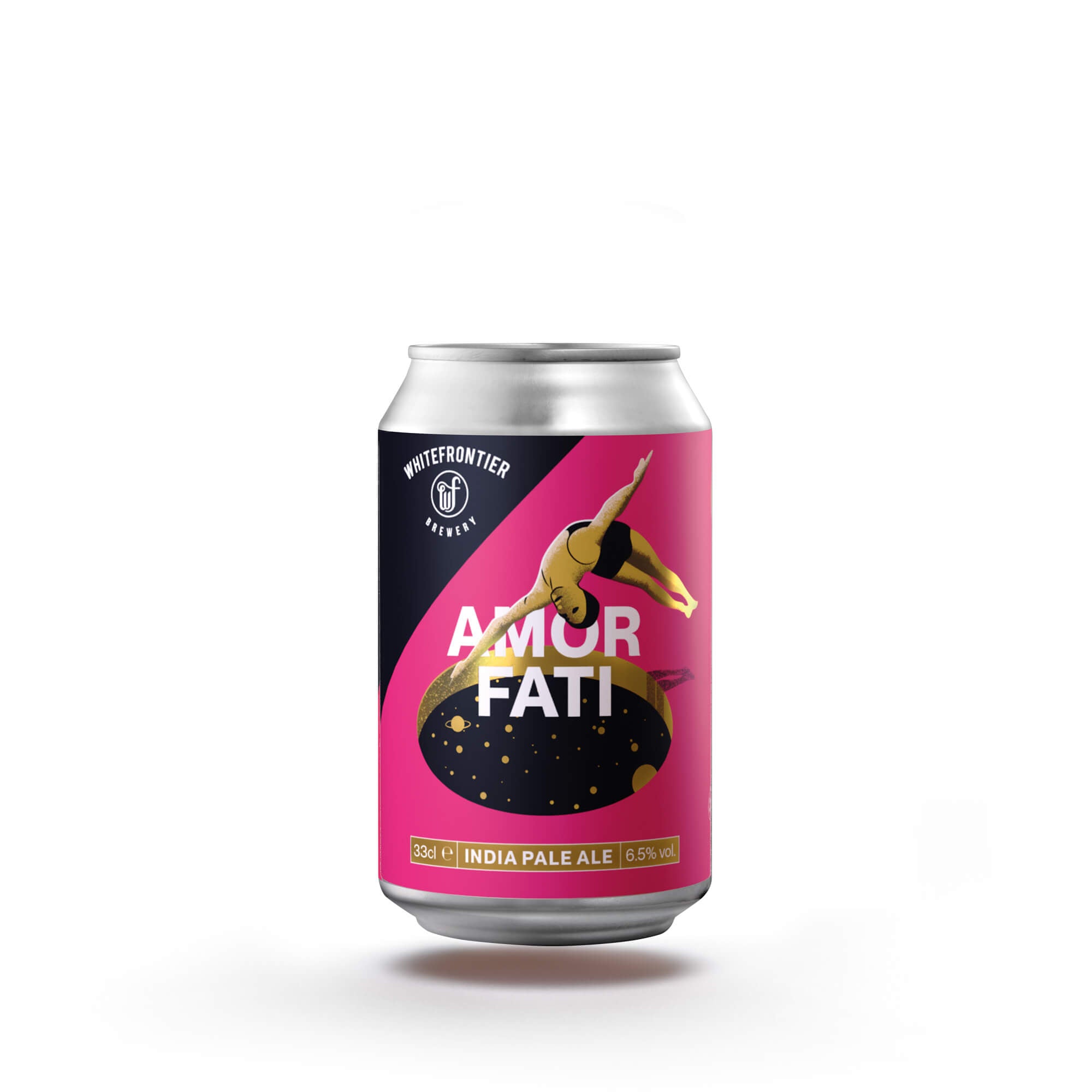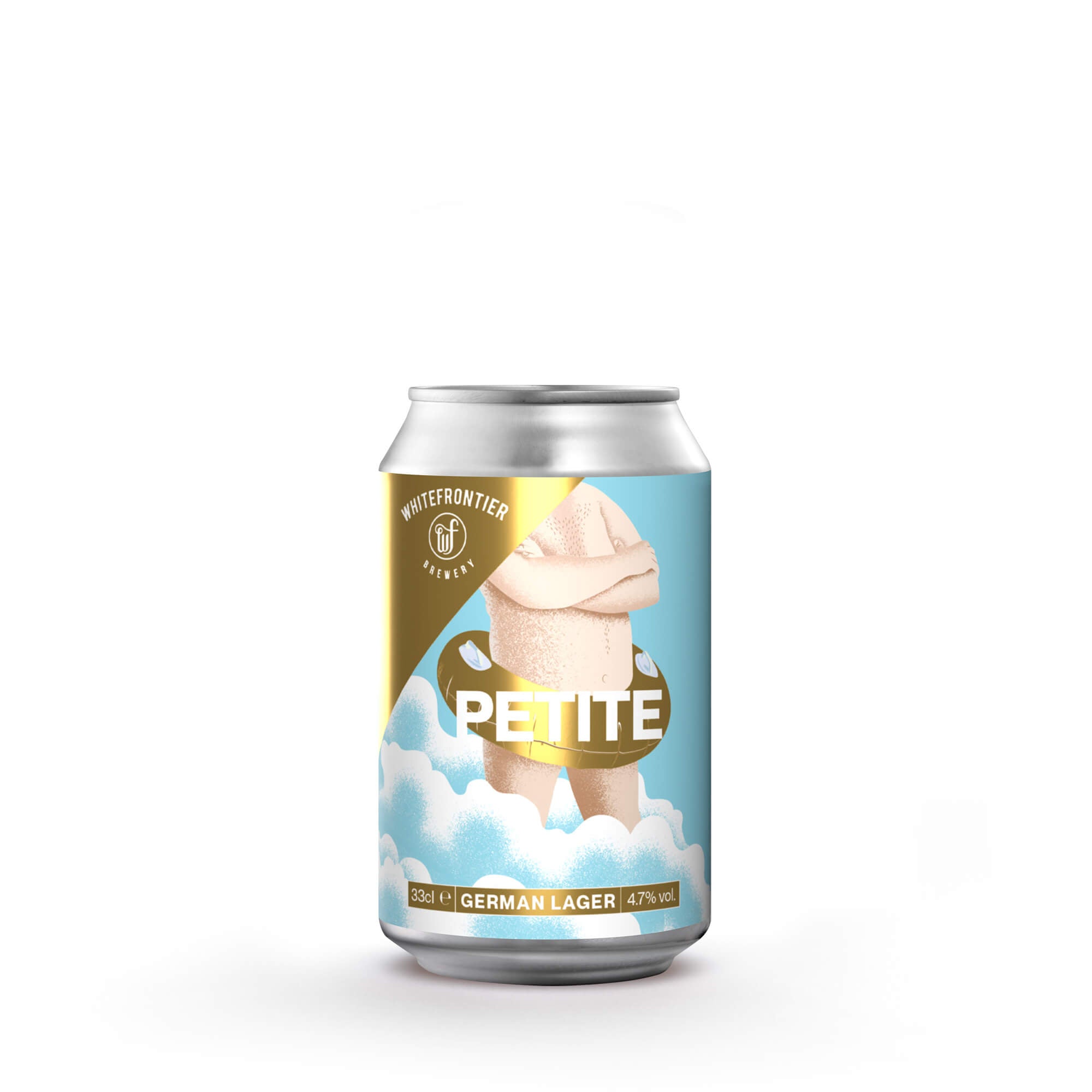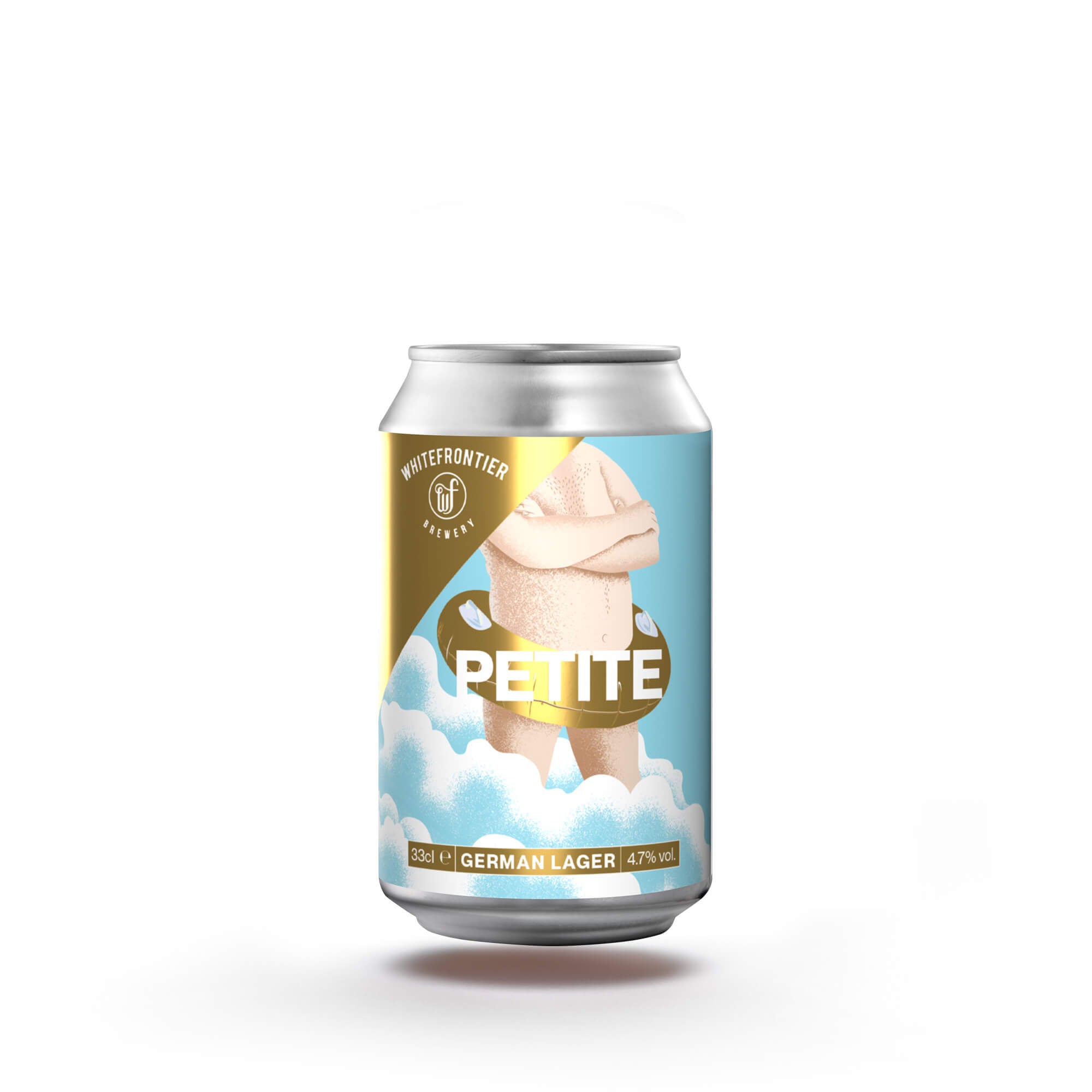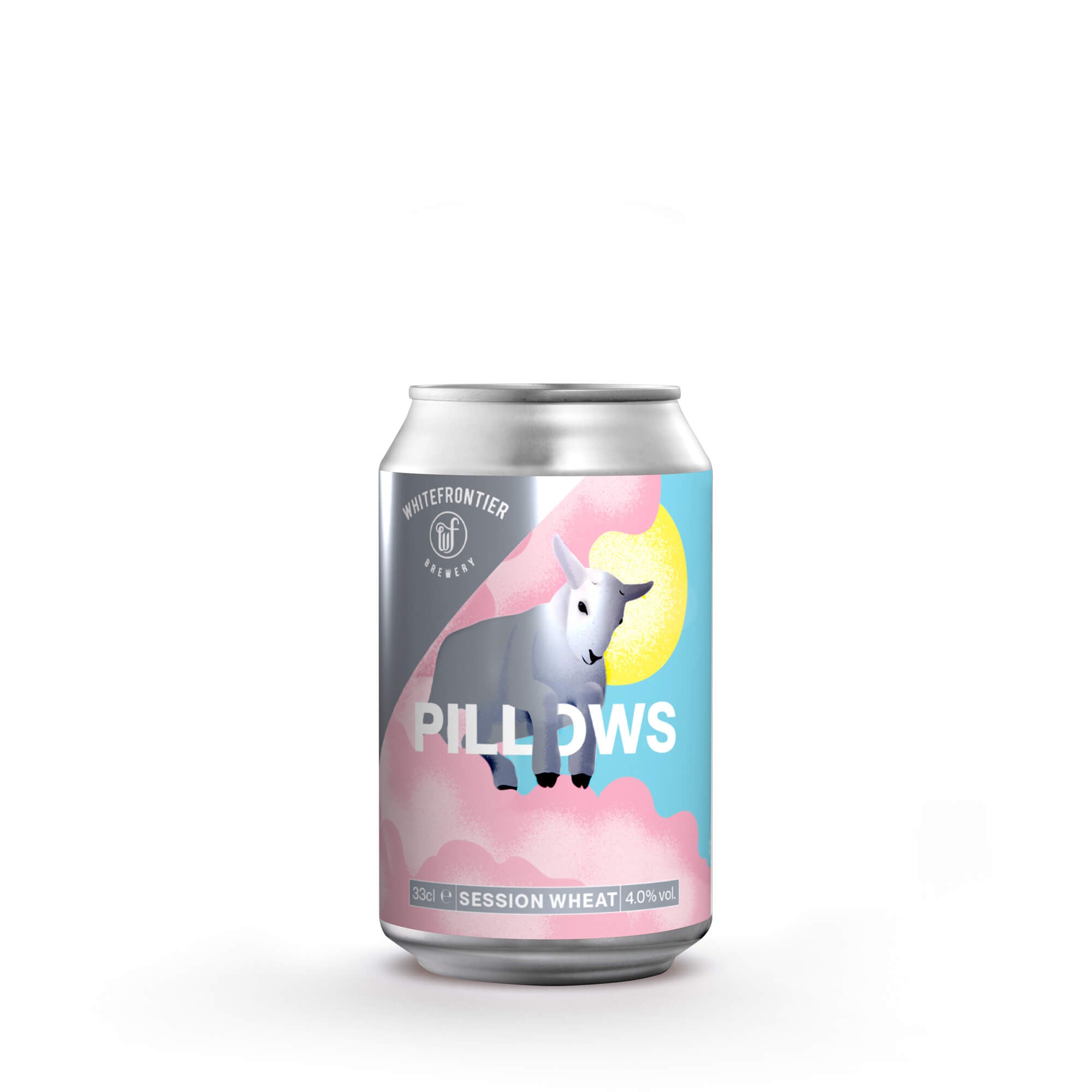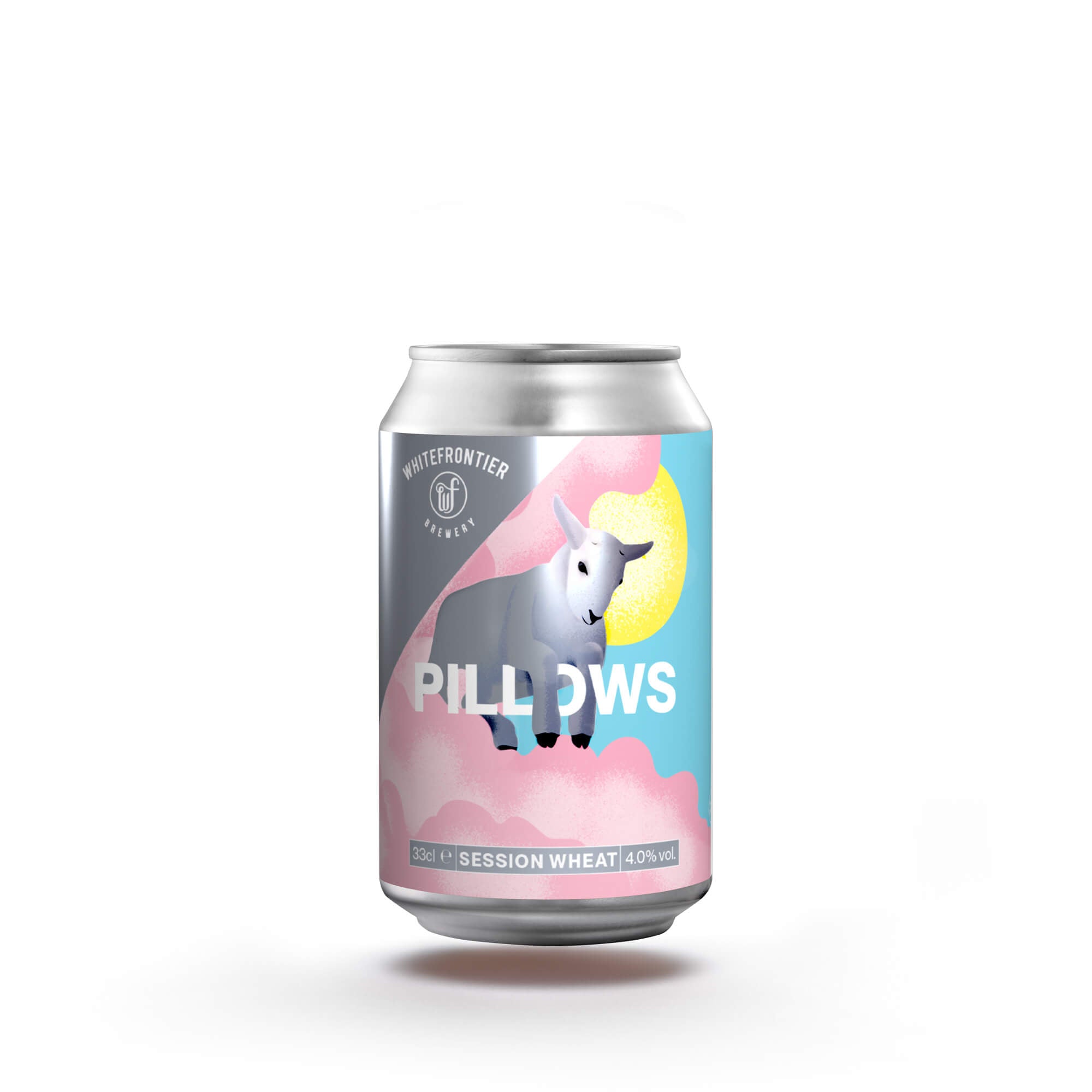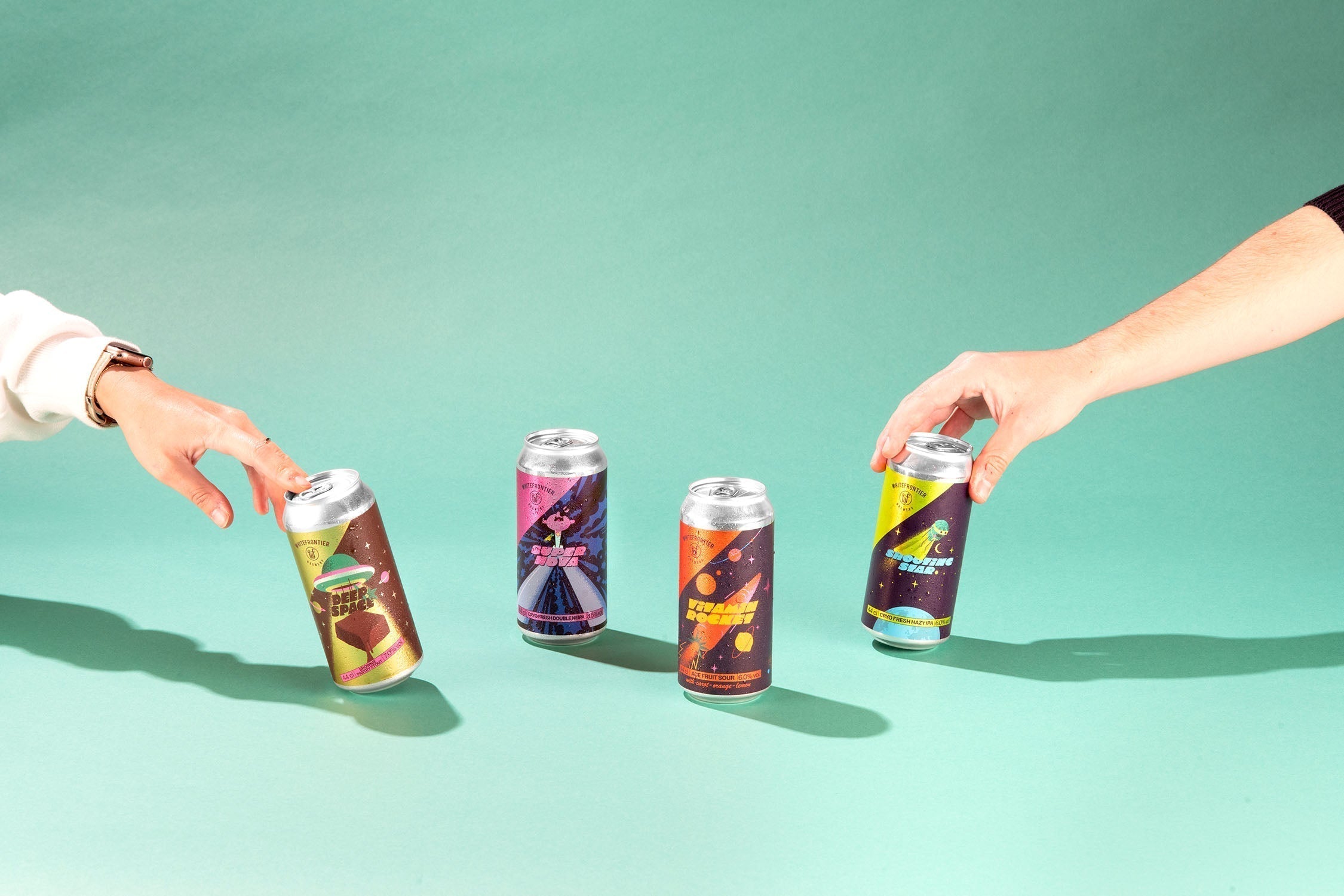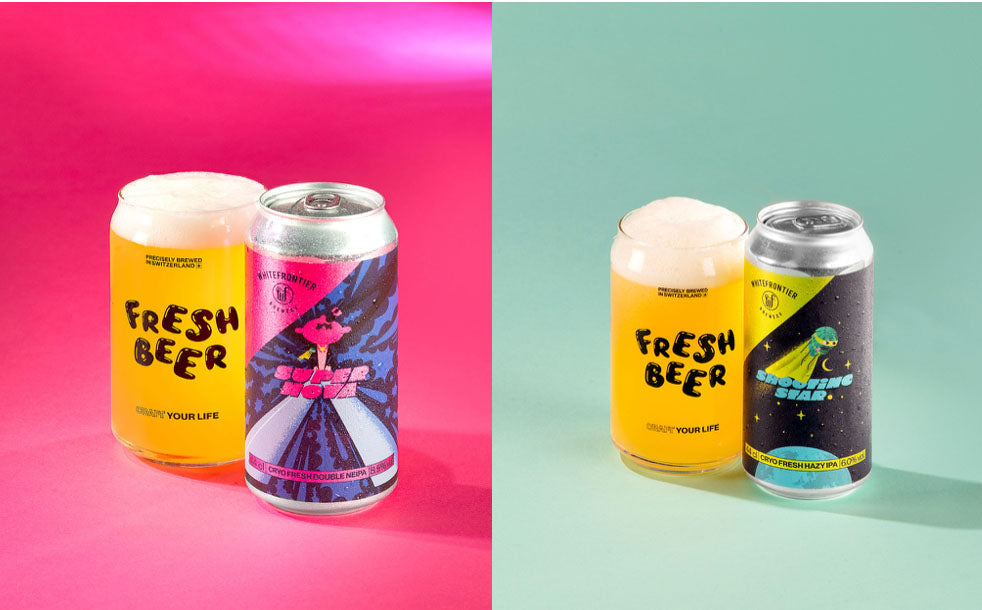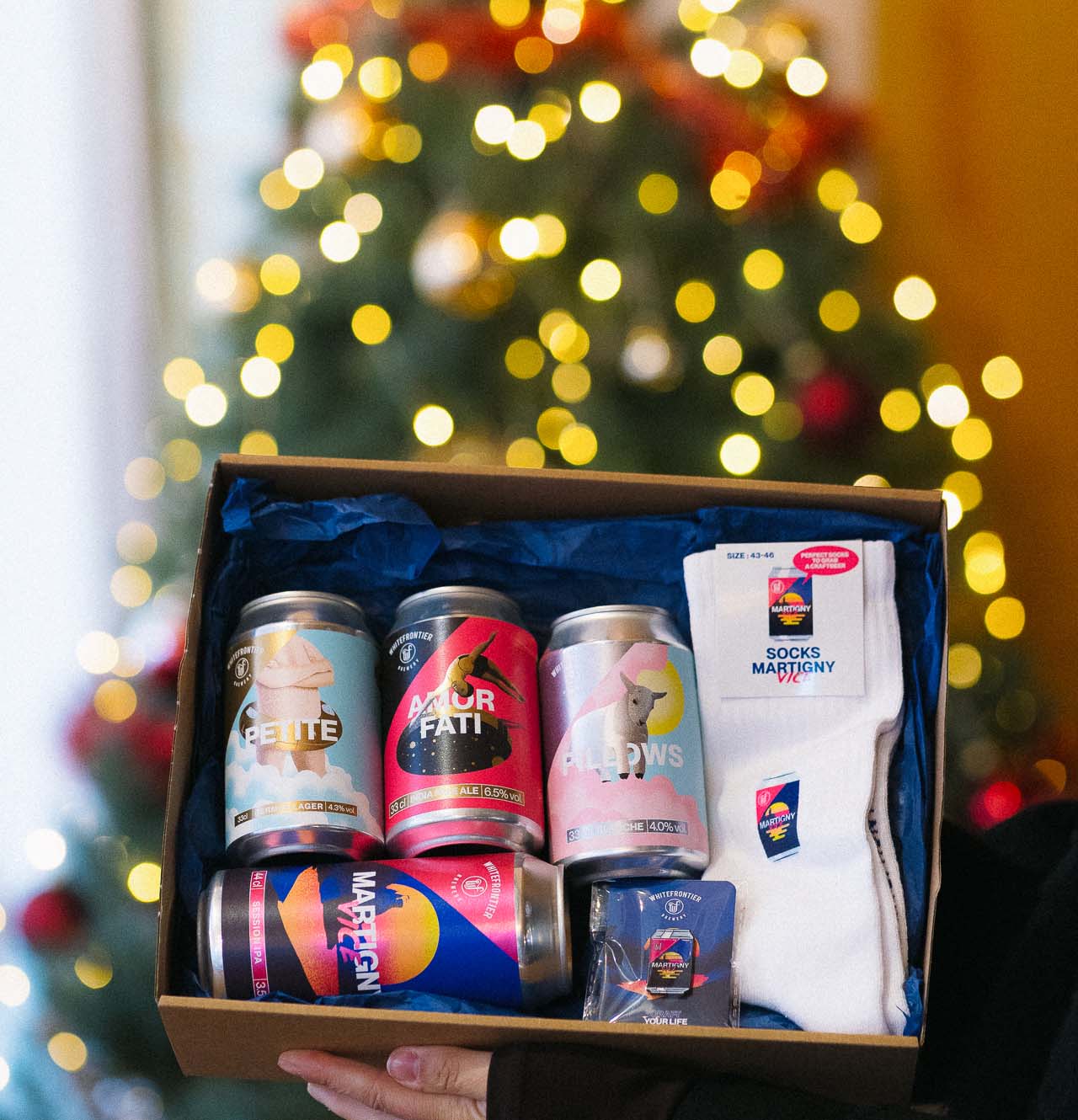Types of beer
Hello, everyone. In today's talk, we're looking at the different types of beer.
How many types do you know?
What are the main beer families out there?
1. Ales (top fermentation)
Ale is a family of "top fermentation" beers, which means that the yeasts will work in a high temperature wort (around 22°) and will remain at the top of the tank. Since the yeasts (which are mushrooms, lest we forget) are warmer, they're more active. Fermentation (which transforms the sugar present in the malts into carbon dioxide and alcohol) is therefore faster. In addition to being faster, at high temperatures, yeasts tend to give more flavour.

This gives a more aromatic beer with more character.
In this family you'll find Pale Ale, Hefeweizen, IPA, and many other beers, as this diagram shows.

2. Lagers (bottom fermentation)
Lagers are beers that ferment at low temperatures (about 10°). The yeasts remain at the bottom of the tank.
Bottom fermentation beers are less aromatic and lighter in nature. There are fewer styles of them, but they're by far the most consumed beers. They are particularly appreciated for their refreshing character.3. Lambics (spontaneous fermentation)
Spontaneous fermentation means that yeast is not added to a tank, but fermentation takes place through bacteria naturally present in the air which settle on the wort kept in an open vat.
The Senne Valley in Belgium is renowned for this style of beer, and the yeasts naturally present in the region's air are conducive to brewing the beer. Among the best known are FARO beer, Kriek and Gueuze. Lambics are generally acidic and only slightly carbonated, with very little or no foam.
A very famous brewery for spontaneous fermentation is the Cantillon brewery in Brussels. Well worth a visit next time you're there.
And why are there so many different types?
To get to the bottom of this, let's start with the basics. Do you know what 4 ingredients are needed to brew a beer?
Yes, there's water,r which makes up 90% of the ingredients, and sometimes more.
Cereals are the second ingredient after water in terms of quantity. The defining feature of these cereals is that they're malted, such as barley, wheat, oats and even rye. Then you have hops, a cousin of cannabis that produces the bitterness as well as plenty of aromas and, finally, for all this to ferment, yeast is used.
And you can really make that many types with just 4 ingredients?
Yes, there are lots. Because within these ingredients, there's tons of variety. The water doesn't taste the same from one region to another, there are plenty of malts, and at different levels of roasting, there are also many varieties of hops. The same goes for yeasts.
In fact, historically, breweries would use the ingredients they had to hand. They used the water from the area without modifying it. They bought cereals from local farmers and had them malted at the nearby malting plant. And most importantly, the fermentation was spontaneous, which means that the vats were open and the beer fermented thanks to the bacteria or yeasts naturally present in the air. And every region of the world has its own bacteria.
That's why there were so many different styles of beer. For example, there's pils, which comes to us from the city of Pilsner in the Czech Republic; hefeweisen, typical of the region of Bavaria; and then you've got lambics from Brussels.
So what's the most consumed style of beer in the world?
Definitely lager. Among the best known, you've got Cardinal, Blonde 25, Heineken, and then WhiteFrontier's Petite, of course.
How about the most consumed beer in the world?
Well, in first place and second place, there are two Chinese beers: Snow and Tsingtao. Next you've got Bud Light and Budweiser, which the Americans love.
Personally, I'm not a fan of these beers at all, but there are some very, very good lagers out there. Some breweries have even made them their specialities, such as the Camden Town brewery in London, which swears by lagers only. In the world of craft beer, there's even a current trend for making craft lagers, even though this style has been shunned by the industry for such a long time. You'll hear plenty of phrases like LAGER IS THE NEW IPA.
And there are white beers too, right?
Yes, but I don't love using the terms, blonde, white or amber.
Because a style of beer isn't defined only by its colour. The colour comes from malted grains and, since there are many types, the longer you roast them, the darker they get. If you use dark grains, the beer will be dark.
What you'd call white are generally beers that have a large amount of malted wheat, giving them a rather cloudy, light, and often slightly fruity or floral appearance. At WhiteFrontier, it'd be our famous PILLOWS.
But our Pillows is the same colour as our IPA session, and yet it's not at all the same style. That's why I prefer to talk about style rather than colour.
And how about in Switzerland?
Well, as bizarre as it may seem, beer consumption in Switzerland was marginal until the middle of the 19th century. Prices fluctuated too much depending on grain harvests. Wine was much cheaper, and was by far the more popular drink.
Then, thanks to numerous scientific advances such as discoveries made by pastors on the conservation of yeasts and invention of refrigerators, beer developed very quickly in Switzerland. In terms of styles, there were mainly lagers like the Cardinal's beer, now a historic brewery also named Cardinal. But there were also German-inspired beers like hefeweisen and abbey beers.
And what's Switzerland's favourite beer today?
Lagers are still by far the most consumed beer, but ales are expected to take more and more of the market share. In addition, there is a general awareness among the Swiss about their consumption. They want to consume more responsibly, choosing local breweries with common sense that produce beers without additives or artificial flavours. Health is a concern for more and more people: we want to know what we're drinking.
That being said, there is a style that's growing particularly quickly: the famous IPAs, which we'll cover in an article all its own.
